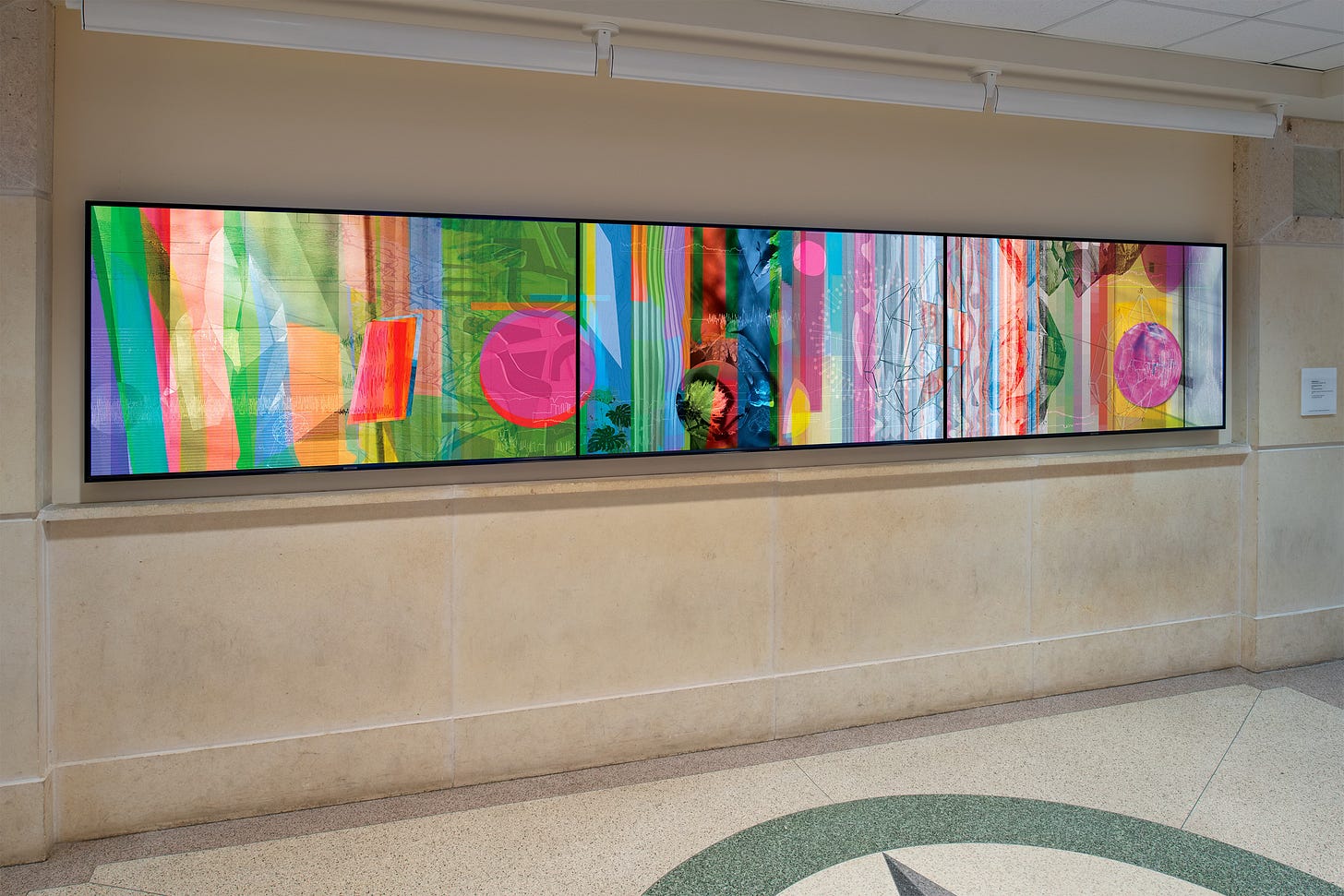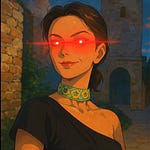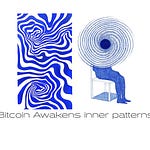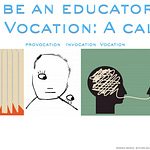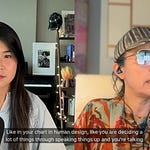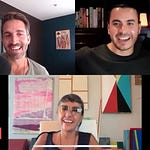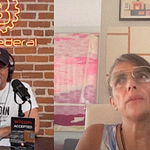“I believe that canonical Western culture conceives time as a linear narrative that always has a beginning and an end. What I propose, then, is that time be perceived as a circular material, with intangible cycles that give shape both to time and to space. Based on this idea, time for me becomes an essential artistic material.” –– Florencia San Martín interviews Monika Bravo, ArtNexus, 2017
Around the year 2011, I was approached by the University of Texas to create a site-specific commission for the Jackson School of Geoscience in Austin. The main idea was a projection inside a sphere, and I liked the challenge of doing something technically complex. I got the commission, the proposal moved forward, everything was going well until I realized that the people in charge of the technology had no idea what they were doing. They would not answer my technical questions, and when they did, their answers were vague. I have been technically adept since I began creating videos and animations in the early nineties, so I could tell immediately that this was not going to work.
We had started working on it in my studio, but I had to stop until we had clear answers, and those never came. The university had outsourced the work, so the team was not directly connected to my commission. I stalled the project to see what would happen, and it ended up taking almost ten years to complete. By the time 2020 arrived and the world had stopped, I reached out to the university and suggested we remake the piece, redeveloping the original idea into something that could be shown on flat screens. We decided on a three-screen installation for another location at the school, and that is what we completed.
I am very happy with the result. What I created is compelling. In this video you will first see a three-minute clip I recorded in New York for the university’s website about the work and their collection in October 2024, crafted by Richard Carpenter. Immediately after, you will see Andreé introducing my online presentation from November 2020, followed by an interview with Alexandra Mendez. If you are ever in Austin, visit the university and see their extraordinary public art program run by the great Andreé Bober.
I wanted to share this artwork because I have been writing for almost four years, and although I sometimes allude to my practice, I rarely speak about it directly. Now I feel it is time to integrate my work with what I write, my philosophical inquiries, my astrological and economic studies, and my political ideas. It is all part of the same field of creation. Below is an essay and artist statement from their website, written in 2020, before I had entered the Bitcoin rabbit hole.
Enjoy!
The Recording of this text below.
Monika Bravo is a Miami-based multidisciplinary artist whose practice spans still and moving images, sculptural installations, and interactive digital animations. Her work explores the perception of reality through our relationship to space and time. Bravo notes that her works “decipher the laws of the universe,” drawing from spiritual traditions such as Taoism, Buddhism, the Vedas, and evolutionary astrology. She creates environments that reference familiar landscapes while challenging conventional linear narratives.
An Interval of Time highlights the evolution of Bravo’s artistic practice over the past decade, underscoring her deepening exploration of metaphysical, spiritual, and scientific intersections. A non-linear concept of time shapes her approach, weaving together images, text, and codes to construct multi-layered animations. Inspired by the elemental forces of earth, water, fire, and air, Bravo prompts viewers to consider how they integrate knowledge of the natural world into their lives.
The animation incorporates geological data layered with visuals captured in locales such as Iceland, New Mexico, Colorado, and Bravo’s native Colombia. These scenes are juxtaposed with elements such as numerical data, satellite imagery, weather graphs, and poetry. An Interval of Time connects empirical science with indigenous weaving practices, emphasizing the universal nature of storytelling—whether expressed through mathematics, visual art, spoken word, or other forms of communication.
Lodged in the space between knowing and not knowing, between nature and fabrication, Bravo’s work possesses a liminal quality. By de-contextualizing data and separating it from its scientific purpose, she generates a new symbolic language that invites viewers to reconsider their own relationship with time and the planet.
Essay
A native of Bogota, Colombia, artist Monika Bravo is a multidisciplinary artist who lives and works in Miami, Florida. Her still and moving images, sculptural installations, and interactive digital animations explore reality as perceived through our relationship to space and time. According to Bravo, her works “decipher the laws of the universe,” and are informed by spiritual teachings such as Taoism, Buddhism, the Vedaś, and evolutionary astrology. She creates environments that allude to recognizable landscapes but challenge traditional linear frameworks.
Moving and still images have always been central to Bravo’s practice. Her work presents a complex interplay of medium and materiality that rouses contemplation and awareness. She uses visual imagery as building blocks to construct a new dream-like reality that evokes questions and explorations of consciousness. For Bravo, time functions as a theme, a concept, and as a measure crucial to the human condition. She states:
“I believe that canonical Western culture conceives time as a linear narrative that always has a beginning and an end. What I propose, then, is that time be perceived as a circular material, with intangible cycles that give shape both to time and to space. Based on this idea, time for me becomes an essential artistic material.” ––San Martín, ArtNexus, 2017
This idea is a common thread in Bravo’s oeuvre, though her approach to recurring themes of time, space, and perspective varies. Her explorations of the scientific, philosophical, ancestral, or spiritual often reflect shifting viewpoints, but always feature the notion of duration at the core. Time is the catalyst for the manifestation of life, and her focus lies on what is beyond time, and how we, as human beings, approach these concepts universally.
In Symphasis, [simultaneous appearances], an installation from 2000, this idea is examined from a spatial perspective. The work places viewers in an “aquarium” where mirrors and light create a subjective sense of perception, inviting them to reflect upon and reconsider their reality. Bravo views her role as an agent who shifts paradigms of observation with works that open pathways to new possibilities.
For the time being (1998) is a time-based work that explores the extent to which we fill our surroundings with meaning and interpretation, given our emotional states. Over the course of a year, Bravo filmed with a static camera the same view from her Brooklyn apartment window. She captured storms, air, and light, juxtaposed poetically against the emblematic Brooklyn Bridge. The installation also includes Bravo’s recitation of verses from Ecclesiastes (3:1–8), affirming that time is not always defined or filled by what we see but how we see it. The meaning that we give to it is informed by our personal experiences.
Another time-based work, Landscape of Belief (2012), is a sculptural installation that calls into question how we construct our lives according to our belief systems. Animated skylines of recognizable cities, composed of the entire text from Italo Calvino's book Invisible Cities, are projected and floated diaphanously on glass panels. With carefully overlapped surfaces, the sculpture presents nothingness as an object, a metaphysical challenge to the viewer.
Urumu, Weaving time, and a later work, Arche-Types the sound of the word beyond sense, are interconnected by the importance of language as abstraction. Urumu (2014) is inspired by the landscapes, natural environments, and indigenous populations of Bravo’s native Colombia. Rooted in ancestral knowledge and textiles, it places viewers in an immersive technological environment where snippets of language are animated and layered to mimic the process of weaving. The work began with Bravo’s two-year residency with the Arhuaco people of the Sierra Nevada de Santa Marta, in which she decoded weaving practices.
For Bravo, technology serves as a vehicle for translating all the information she processes as an observer of life. In Urumu, Bravo draws upon ancestral traditions through practices of weaving and at the same time, reimagines them within a contemporary mode of abstraction through the usage of the technology. There is a direct relation between the binary systems of the loom and the computer, exemplified by the Jacquard machine that attaches to a loom in order to simplify textile production.
Arche-Types (2015) continues, albeit from a different angle, with the deconstruction of language as a metaphor. Commissioned by the Vatican Pavilion for the 2015 Venice Biennale, the installation draws on the first verses of John’s Gospel, “In The beginning there was the word,” and also from Zaum, which is an experimental poetic language developed by Russian Futurist poets that is characterized by indeterminacy in meaning.
An abstract interpretation of the Gospel in classic, cryptic Greek appears on monitors and floating glass supported by six colorful wooden panels, presenting text as form. This creates a non-narrative visual interplay where images of landscapes are combined with slow moving animations that quote Kazimir Malevich, a Russian Suprematist artist. In his manifesto, he declares: “Under Suprematism I understand the primacy of pure feeling in creative art. To the Suprematist, the visual phenomena of the objective world are, in themselves, meaningless; the significant thing is feeling, as such, quite apart from the environment in which it is called forth.” Through Arche-Types, Bravo aims to create space for giving meaning to the “Word” beyond language, exploring how we interpret the texts apart from their religious aspect and defying the idea that the sublime can only be reached through text.
An Interval of Time, commissioned for the Jackson School of Geosciences, is lodged between the space of knowing and not knowing, between natural phenomena and scientific inquiry. By drawing inspiration from the primary elements that make up our planet—earth, water, fire, and air—Bravo invites the viewer to consider how we reconcile our knowledge of the natural world with our anthropocentric lives. In turning to the geological, she alludes to a complex process of transformation occurring at rates invisible to us. The installation features geological data layered with visuals recorded in locations such as Iceland, New Mexico, Colorado, and her native Colombia. Animations—running on what the artist refers to as “circular canvases”—are displayed on three flat-screen panels. Streams of numbers, satellite imagery, seismic and weather graphs, and mineral geometry are combined with poetry that pays tribute to the earth. In a process of abstraction similar to Urumu and Arche-Types, Bravo decontextualizes the data by removing it from its scientific purpose and creates a new symbolic language.
First begun in 2010, Bravo’s newly completed project for Landmarks chronicles the evolution of the artist’s practice over the past decade and underscores her deepening interest in the interwovenness of metaphysical, spiritual, and scientific inquiry. With An Interval of Time, she has created a mesmerizing ode to planet Earth.
- Essay by Sana López Abellán with contributions by Alexandra Mendez, October 2020. Original essay contributed by Ombretta Agró.
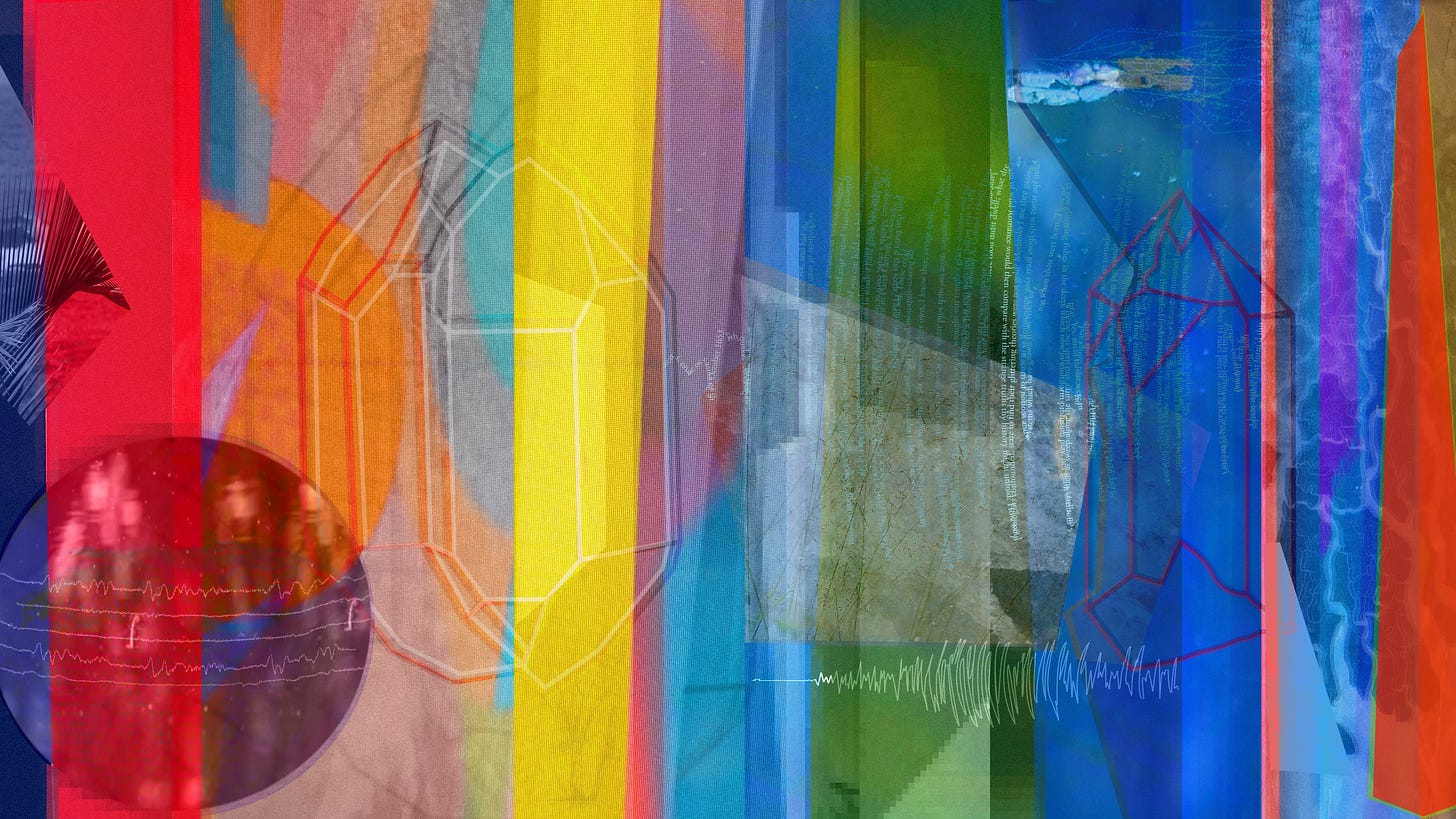
Artist Statement:
An Interval of Time is a time-based digital work of art commissioned by Landmarks for The University of Texas at Austin.
First begun in 2010, the project chronicles the evolution of my artistic practice and personal development over the past decade. It reflects my interests in the metaphysical, spiritual, and scientific, and the ways in which they are interconnected.
Throughout my life, I have studied and practiced Tai-chi, I-Ching, meditation, nutrition, evolutionary astrology, and other disciplines. Recently, I am expanding my scope of work with Jungian psychology and by being part of international communities of “sense-making.” It is a privilege to teach and inspire; it has become my life’s aspiration.
The year 2020 is of great significance to me as it has presented us with the opportunity to dive deep and practice our skills of observation. By creating An Interval of Time, I have been able to integrate my myriad interests by conceiving a lyrical piece where layers are incorporated into a suggestive space and the infinite can be revealed. Through An Interval of Time, I have created an ode to planet Earth.
My practice has evolved throughout the last decade, becoming integrated with my personal and intellectual development— which I consider a quintessential part of my artistic career. I am no longer a seeker of truth; I embody my own perspective. I embrace my unique vision by consolidating all disciplines into one, creating a reality that matches my desire to evolve. At times, that translates into environments that contain mesmerizing images for public spaces. Other times, I create intimate actions between myself and other beings when I reveal their life purpose through astrological readings. And sometimes, I offer talks or workshops.
My essence is to connect, communicate, and inspire other beings to be themselves. I enjoy directing and producing diverse projects, from complex multimedia installations and public art commissions to artists’ books and textile design; I see no boundaries between the applied and fine arts. The only revolution is to be one’s self- I don’t want to be right, I am of service.
- Monika Bravo, Miami Beach 2020
